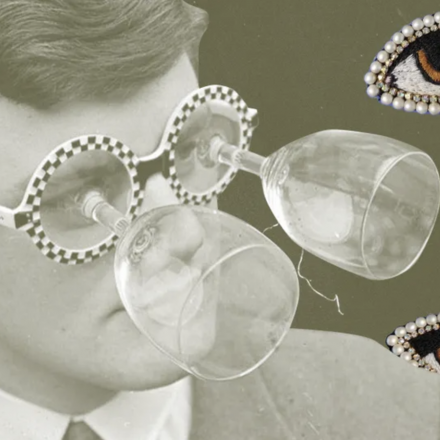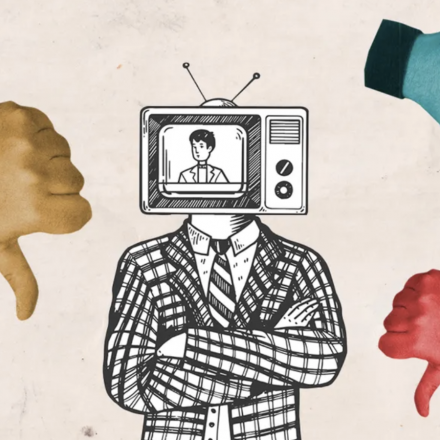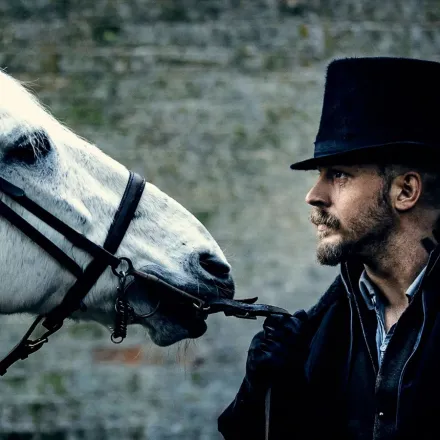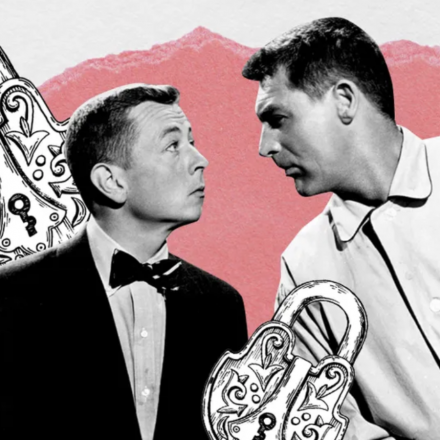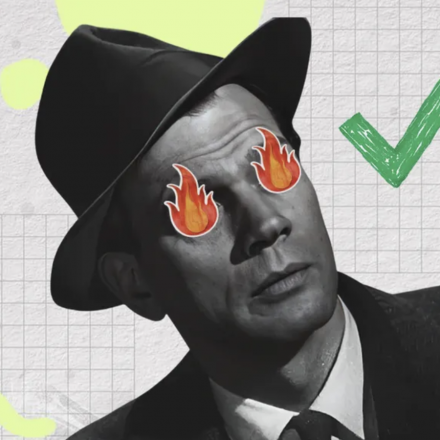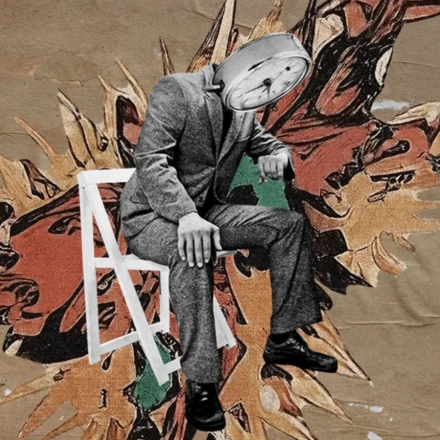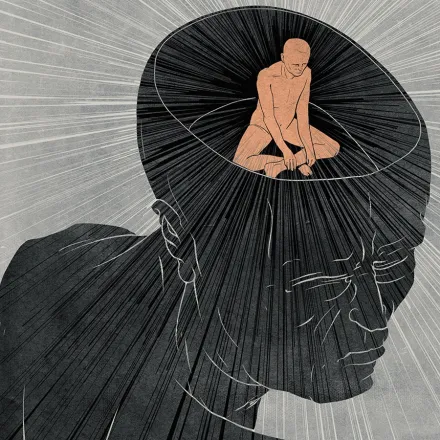Remember the days when we thought we’d live forever? It’s a normal phase of youth. After all, how else could you eat everything in sight without gaining weight? You could party for days, then grab a coffee and head to work like nothing happened. And let’s not forget the companion between your legs, ready to spring into action at the sight of a skirt.
But then reality sets in. Old jeans no longer fit. Hangovers last for days. Casual sex loses its appeal and becomes a hassle.
The doctor knows what’s happening: you’re thirty-six. You haven’t even reached the halfway mark of your earthly life — the average male life expectancy today is 78.5 years. But a significant chunk of that pie is already eaten, which is why those old jeans don’t fit.
Until thirty-six, we live in the present moment like kids or fish in a tank. We don’t see the downside of a vodka breakfast. But at thirty-six, the alarm bells start ringing. It could be anything — a first serious illness, an unflattering medical article, or a selfie that’s less than flattering.
More likely, someone close to you will face illness or death, not your beloved cocker spaniel or eccentric great-grandfather, but your father or mother. Your parents don’t age — they’ve already aged. At thirty-six, we realize that time exists and it slips away forever.
When you’re thirty-six, millions of women see you as an older guy. At thirty-six, there’s no time to think about what to do with your life, because it is your life. Yet thirty-six isn’t the end. You’re not starting a slow decline into the grave. Make the right choice, and the best years could still be ahead.
We’re all going to die eventually. The question is when and how — as a fit old man or a statistic of premature death from obesity. Do you want to die from old age or diabetes?
Before thirty-six, you don’t ask yourself these questions. Afterward, it’s hard to think of anything else. It turns out that staying fit and avoiding the regretful nostalgia of old age isn’t difficult. But it does require effort. In fact, the latest fitness trend has a fifty-year history.
The Royal Canadian Air Force (RCAF) program is the first high-intensity exercise regimen in history, still comprising just a few exercises. Its original goal was to keep Canadian pilots in shape away from home and gym equipment.
The public learned about this program when Helen Mirren mentioned in an interview that it was thanks to this program that she feels confident wearing a red bikini at sixty-nine.
In the post-war years, the RCAF program became a sensation and remains relevant today, primarily because it aligns with the modern idea that short, intense fitness routines are more effective than spending hours on a treadmill with an iPod in your ears. The slim booklet describing the regimen, first published in the 1950s, has since sold twenty-three million copies. The exercises for men are basic: push-ups, squats, stretching, and jogging in place.
That’s it! The RCAF exercises require only twelve minutes a day. But for some, even that seems too much. Sixty percent of respondents in a Spire Bristol Hospital survey admitted that living in the present day is more important to them than thinking about long-term health prospects.
Nevertheless, reaching thirty-six means you can’t keep living as before. No, you won’t die — you’ll just gain weight, which is much worse. At thirty-six, we all find ourselves at a crossroads: continue aimlessly drifting or make a tough but right choice.
The Spire Bristol Hospital survey revealed that at thirty-six, men begin to care more about their health than in their younger years. But many still find it too hard to take serious action.
Not everyone, upon reaching this critical age, rushes to yoga or gives up their last cigarette; instead, they might opt for fast food. Yet, it’s time to stop deceiving yourself. At thirty-six, you understand that every drink and every pizza counts, just as much as every hundred push-ups.
Many continue their old habits simply because they don’t believe the second half of life can be better than the first. At thirty-six, you likely have a bigger apartment, a more successful career, and a more attractive partner than at twenty. Quality of life typically improves with age, but to ensure your well-being matches, you need to make an effort.
When you’re twenty-five, you can’t distinguish between a fitness enthusiast and a party animal, but at thirty-six, it’s obvious. When I was in my early twenties, I was surrounded by people who lived life to the fullest. They didn’t just use heroin — they did it with Keith Richards. They didn’t just smoke weed — they smoked it with Bob Marley.
It was fun with them, but fun doesn’t last forever. I’d love to tell you how they gave up their bad habits and started going to the gym, but most of them are dead.
Think of thirty-six not as just another birthday but as a shift in mindset. It might happen earlier or, if you’re a lucky single with good genes, later. But you can’t run from yourself forever. The awakening will come, and you’ll change your life — or not. Phil Lynott didn’t change his ways. He was a great guy, and I sincerely wish he had a chance to live a dignified life beyond thirty-six. But he didn’t veer off the wrong path. He chose alcohol and drugs, and on Christmas 1985, he collapsed at home. Ten days later, he died of heart failure and pneumonia amid sepsis. He was thirty-six.



